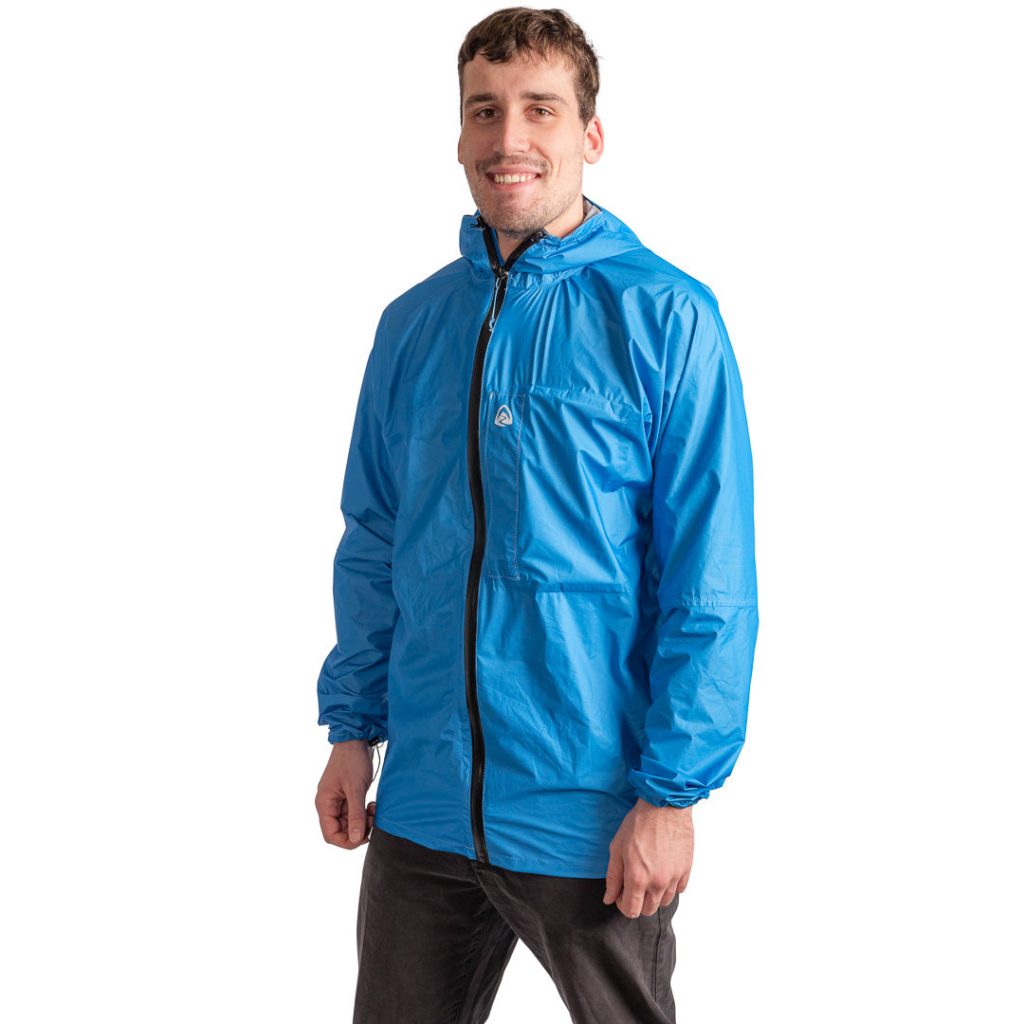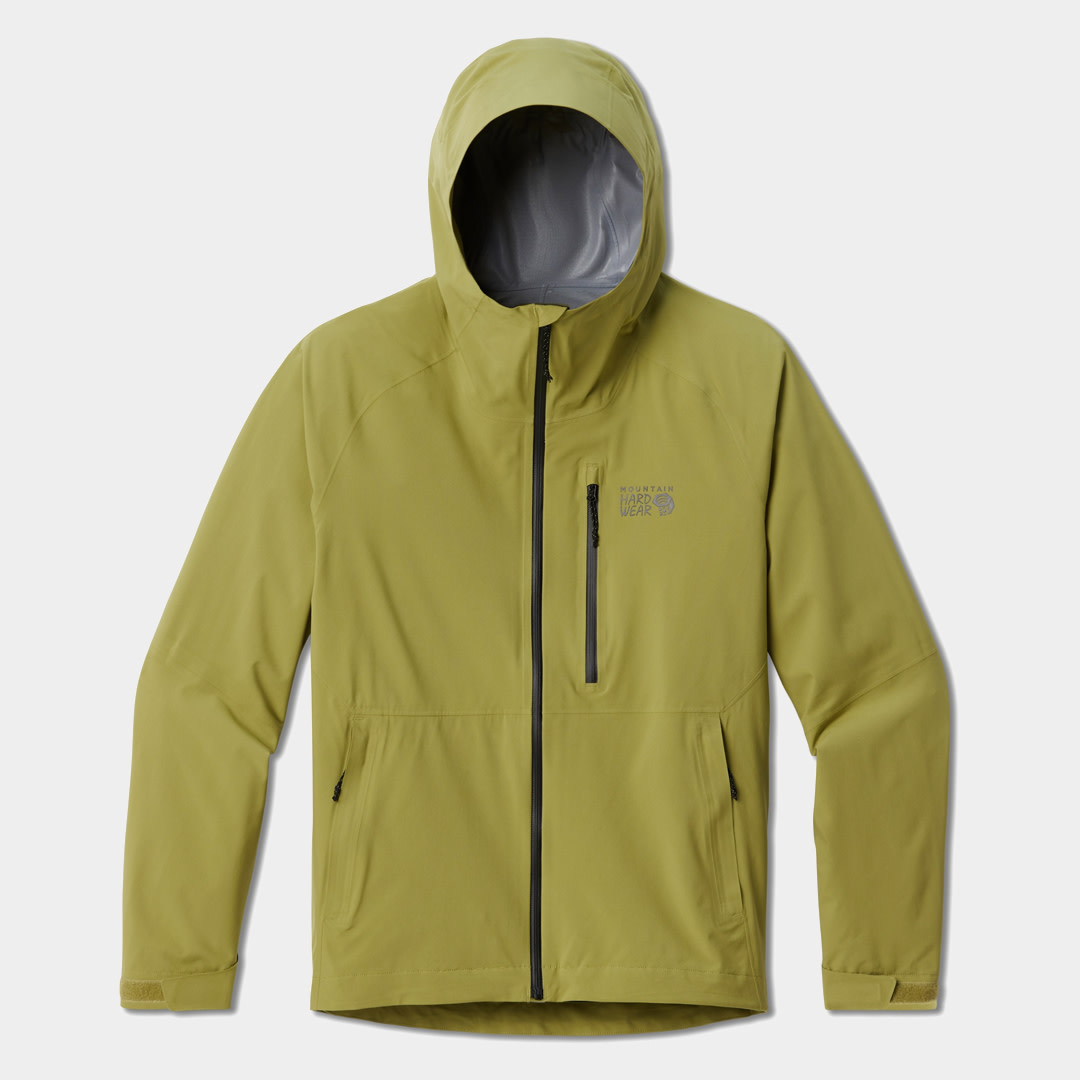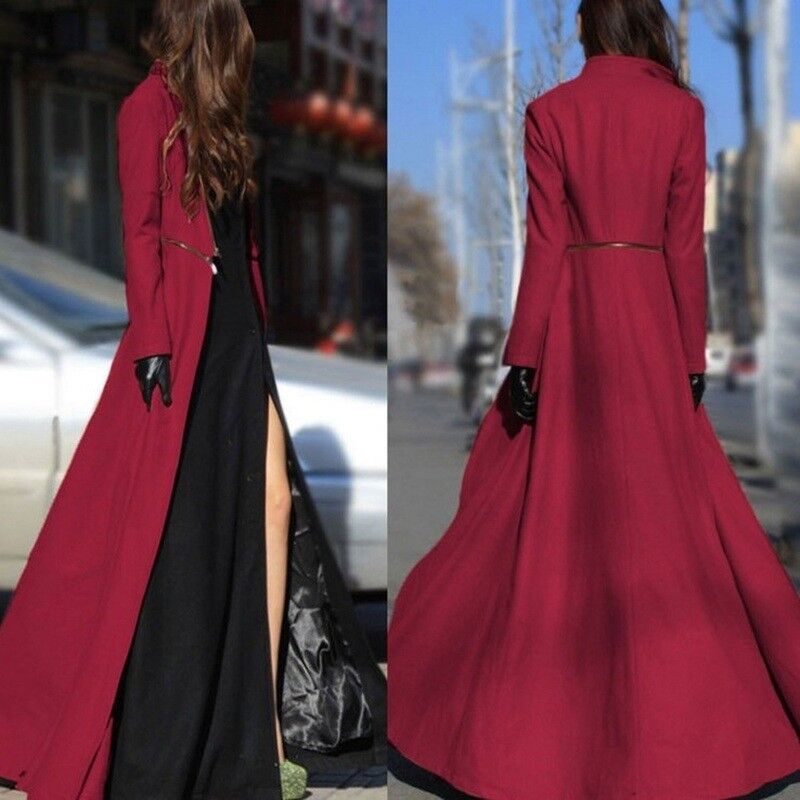Introduction to Rain Jackets
Rain jackets are a crucial piece of outdoor gear for anyone who frequently finds themselves braving the elements. Whether you’re an avid hiker, a commuter navigating urban landscapes, or simply someone who enjoys spending time outdoors, a good rain jacket is indispensable. This comprehensive guide will break down the key features and considerations to help you select the best rain jacket to suit your needs.
The primary purpose of a rain jacket is to keep you dry in wet conditions, but the best rain jackets also offer breathability, comfort, and durability. They are designed with advanced materials and technologies to balance these factors, ensuring you stay dry without overheating. Understanding the different types of rain jackets and the features they offer is the first step in making an informed purchase.
In this article, we will explore various features to look out for, such as waterproofing, breathability, seams, zippers, and other essential aspects. We will also provide recommendations for different activities and budgets, ensuring you find the perfect rain jacket regardless of your specific needs. Let’s dive into the world of rain jackets and discover what makes them the essential piece of gear they are.

Key Features to Consider
Waterproofing and Breathability
The most important feature of a rain jacket is its ability to keep water out while allowing moisture to escape, ensuring you stay dry and comfortable. Waterproofing is typically achieved through materials like Gore-Tex, eVent, or proprietary fabrics that have been treated with durable water repellent (DWR) coatings. These materials boast microscopic pores that are small enough to block water droplets but large enough to let vapor through, providing breathability.
When evaluating rain jackets, look for those with high waterproof ratings, measured in millimeters (mm), indicating how much water pressure the fabric can withstand before leaking. A rating of 10,000 mm or higher is generally considered reliable for heavy rain. Breathability is equally important, particularly for high-intensity activities. Measured in grams (g/m²/24h), breathability ratings indicate how much moisture the fabric can release in 24 hours. Ratings above 10,000 g/m²/24h suggest excellent breathability.
Seams and Zippers
Rain jackets often have taped or sealed seams to prevent water from seeping through the stitching. Fully taped seams, where all seams are sealed, offer the best protection. Critically taped seams, on the other hand, only have crucial seams taped, which provides less comprehensive protection but can reduce weight and improve breathability.
Zippers are potential weak points in a rain jacket, where water can easily penetrate if not well-protected. Look for jackets with water-resistant zippers or storm flaps, which cover the zipper to keep water out. Additionally, some jackets offer waterproof pockets to protect your belongings, and pit zips to enhance ventilation during strenuous activities.
Fit and Comfort
Finding a rain jacket that fits well and allows for a full range of motion is crucial. A well-fitted jacket prevents water from entering through gaps and ensures comfort during various activities. Consider the jacket’s cut and adjustability features, such as drawcords at the hem and cuffs, adjustable hoods, and Velcro closures. These features help customize the fit and improve overall performance.
Comfort is also affected by the jacket’s lining and construction. Some rain jackets feature mesh liners that enhance breathability and prevent the feeling of clamminess. Others might have a smoother, sleeker interior for easier layering. Try on different models to find the one that feels best for your body type and intended use.

Recommendations for Different Activities
Hiking and Backpacking
For hikers and backpackers, a lightweight yet durable rain jacket is essential. Consider jackets with a balance of waterproofing and breathability, as long days on the trail require dependable protection and comfort. Features like pit zips and adjustable cuffs can help regulate temperature and moisture. A jacket with a packable design is also advantageous, as it saves space and weight in your backpack.
Popular choices among hikers include the Patagonia Torrentshell, known for its eco-friendly construction and reliable performance, and the Arc’teryx Beta SL, which offers exceptional breathability and lightweight design.
Urban and Commuting
For urban environments and daily commuting, style and versatility are key alongside weather protection. Look for rain jackets that blend seamlessly with your everyday attire while providing reliable waterproofing. Features like a stowable hood, multiple pockets, and reflective elements can enhance functionality and safety in the city.
The Marmot Minimalist, which combines Gore-Tex Paclite with a minimalist design, is a favorite among commuters. Another great option is the Columbia Watertight II, which offers excellent value for its waterproof and breathable construction without compromising on style.
Budget-Friendly Options
Quality rain jackets can sometimes be expensive, but there are fantastic budget-friendly options available for those who need reliable protection without breaking the bank. Look for jackets that use cost-effective yet effective materials and offer essential features without unnecessary frills.
The REI Co-op Rainier is an excellent budget choice, providing solid waterproofing and breathability with a range of adjustment options. Another noteworthy mention is the Frogg Toggs Ultra-Lite2, a super affordable and lightweight option best suited for less demanding activities or occasional use.

Maintenance and Care
Cleaning Your Rain Jacket
Proper maintenance can significantly extend the lifespan of your rain jacket, ensuring it continues to perform its best. Regular cleaning is crucial to maintain breathability and waterproofing. Follow the manufacturer’s instructions, usually involving a gentle washing machine cycle with mild detergent. Avoid harsh cleaning agents, fabric softeners, or bleach, as they can damage the jacket’s protective coatings.
After washing, it’s essential to restore the DWR finish, which can wear off over time. You can do this by using a spray-on or wash-in DWR treatment, which rejuvenates the jacket’s water-repellent properties. Air-dry the jacket or use a low-heat setting in a dryer to ensure the treatment sets properly.
Storage and Repairs
When not in use, store your rain jacket in a cool, dry place away from direct sunlight. Avoid compressing the jacket for extended periods, as this can damage the fabric and reduce its effectiveness. Hang the jacket or store it loosely folded to maintain its shape and function.
Accidents happen, and sometimes rain jackets can get damaged. Small tears or holes can often be repaired with fabric patches or specialized repair tape. Follow the manufacturer’s guidelines for repairs, and consider contacting them for more significant damage or if the jacket is under warranty.
Conclusion
The right rain jacket can make all the difference when navigating wet and unpredictable weather. By understanding the key features and considerations, such as waterproofing, breathability, fit, and intended use, you can find the perfect jacket to keep you dry and comfortable. Whether you’re hiking rugged trails, commuting in the city, or looking for a budget-friendly option, there’s a rain jacket out there to meet your needs.
Investing in a high-quality rain jacket is more than just a purchase; it’s a commitment to your comfort and protection in challenging weather conditions. Beyond the initial selection, the longevity and performance of your rain jacket depend on how well you maintain and care for it. Regularly cleaning your jacket according to the manufacturer’s guidelines will help maintain its waterproof properties and overall durability. Store it properly—away from direct sunlight and excessive heat—to prevent the materials from degrading over time. With meticulous care, a good rain jacket can last for many years, providing reliable protection and allowing you to focus on your adventures rather than the weather. Whether you are exploring dense forests, navigating bustling city streets, or simply seeking a cost-effective solution without compromising quality, a well-chosen rain jacket will ensure you stay dry and comfortable no matter your destination.


